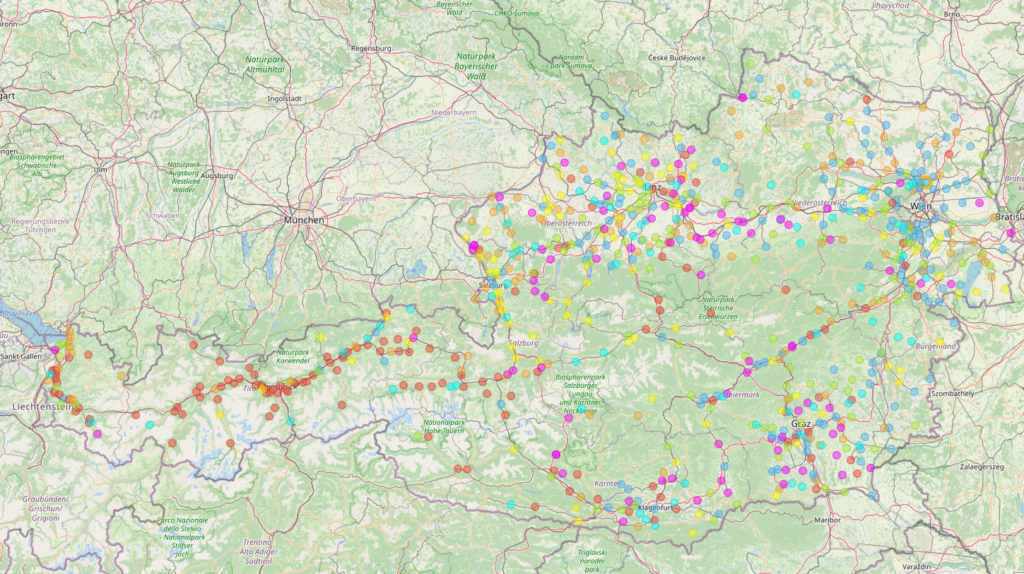
by Roman Egger
ChatGTP is currently on everyone’s lips. Currently, there is no API for ChatGTP, but I tried to use the possibilities offered by OpenAI for a simple recommender system in tourism. Here is an example, which I implemented in Python and with Flask (it doesn’t win any beauty contests, but shows the idea behind it) using OpenAI´s GTP-3. GPT-3, the latest version of the Generative Pre-training Transformer (GPT) model, has the ability to generate human-like text, making it a powerful tool for creating a recommender system in the tourism industry.
A recommender system in tourism is a tool that helps visitors plan their trip by suggesting places to visit, things to do, and accommodations based on their preferences. GPT-3 can be used to create a more personalized and accurate recommendation system by analyzing the user’s input and providing relevant suggestions.
One way GPT-3 can be used for a recommender system in tourism is by creating a chatbot that can understand the user’s needs and preferences. For example, if a user says they are interested in history and culture, the chatbot can recommend historical sites and museums to visit. In this video, you can see a simple input field where a user enters his question and how GTP-3 outputs the result.
GPT-3 can also be used to generate personalized itineraries for visitors based on their preferences and the time they have available. The generated itineraries can include suggested activities, accommodations, and transportation options, making it easy for visitors to plan their trip.
In a second attempt, I downloaded a list of about 700 destinations in Austria. This dataset contains the name of the place and the geocoordinates. With a Python script, I iterated over the list and got the answers to the question: “Describe {ctiy} as a tourist destination for each place.”
Afterwards, the answers were text-preprocessed (lowercasing, stopword removal, etc.) and embedded with BERT. The text was thus converted into a high-dimensional vector that can be further computed.
Afterwards, the vectors were clustered using the Louvain community detection algorithm. Thus, texts with similar descriptions could be grouped together. Finally, I visualized all locations on a map, with each location colored according to the assigned cluster. One can clearly see the places in Tyrol, which can largely all be assigned to the red cluster, as well as places in the Salzburg Salzach Valley. These are all typical winter and ski destinations. The locations in the blue cluster, primarily around Vienna and in Lower Austria, behave in a thematically similar manner.

It is only a small demo, but it shows the potential that the use of GTP-3 will have for tourism in the future.
In conclusion, GPT-3 is a powerful tool that can be used to create a more personalized and accurate recommender system in the tourism industry. By understanding the user’s needs and preferences, GPT-3 can provide relevant suggestions and make it easier for visitors to plan their trip.